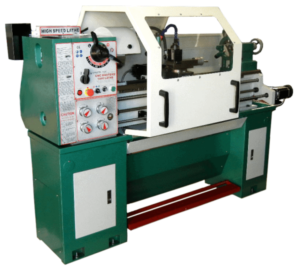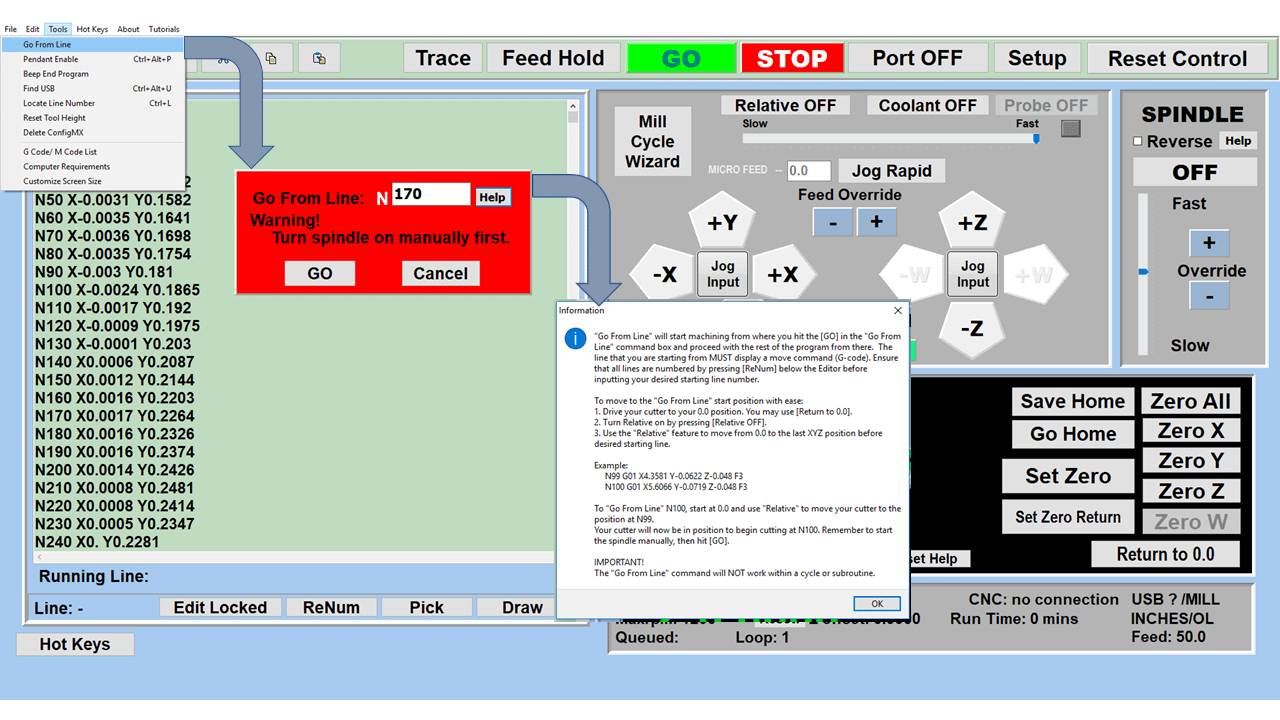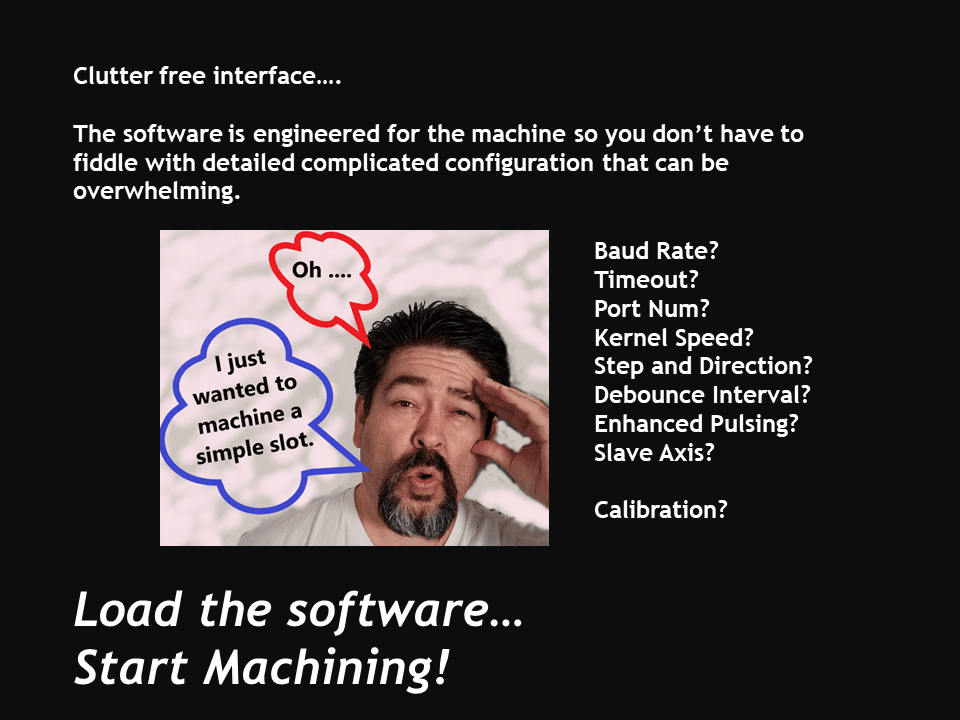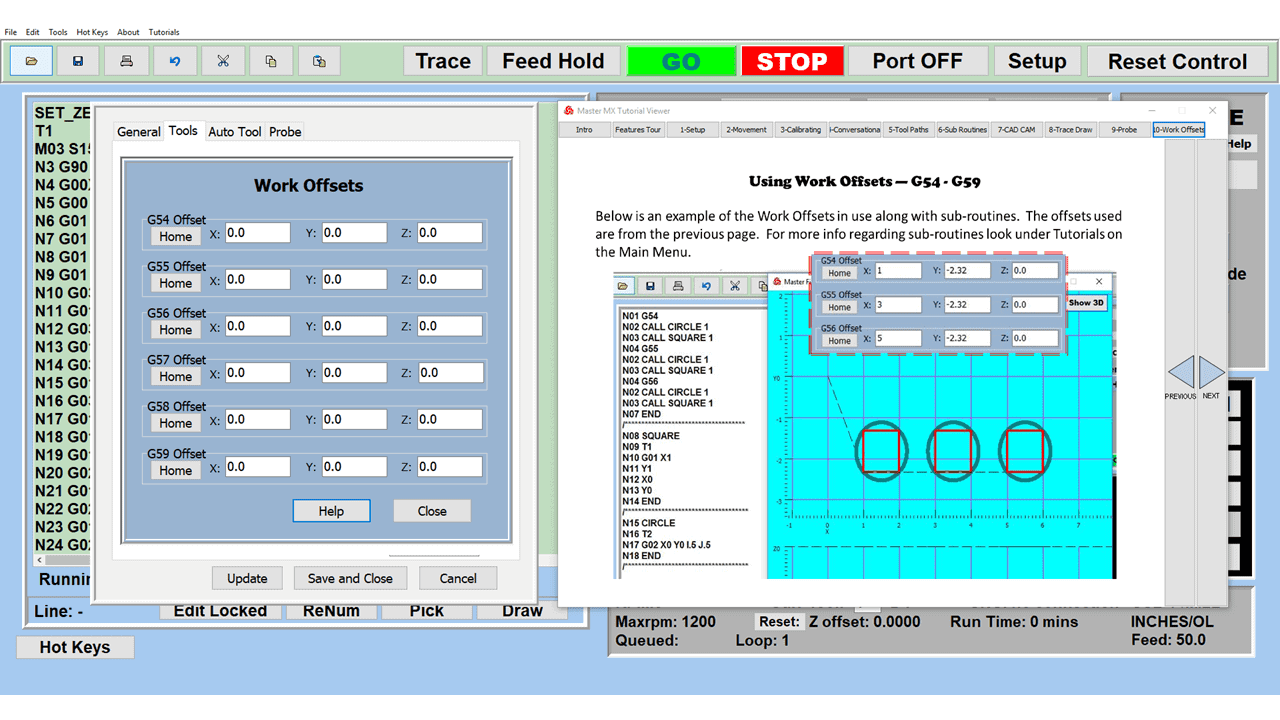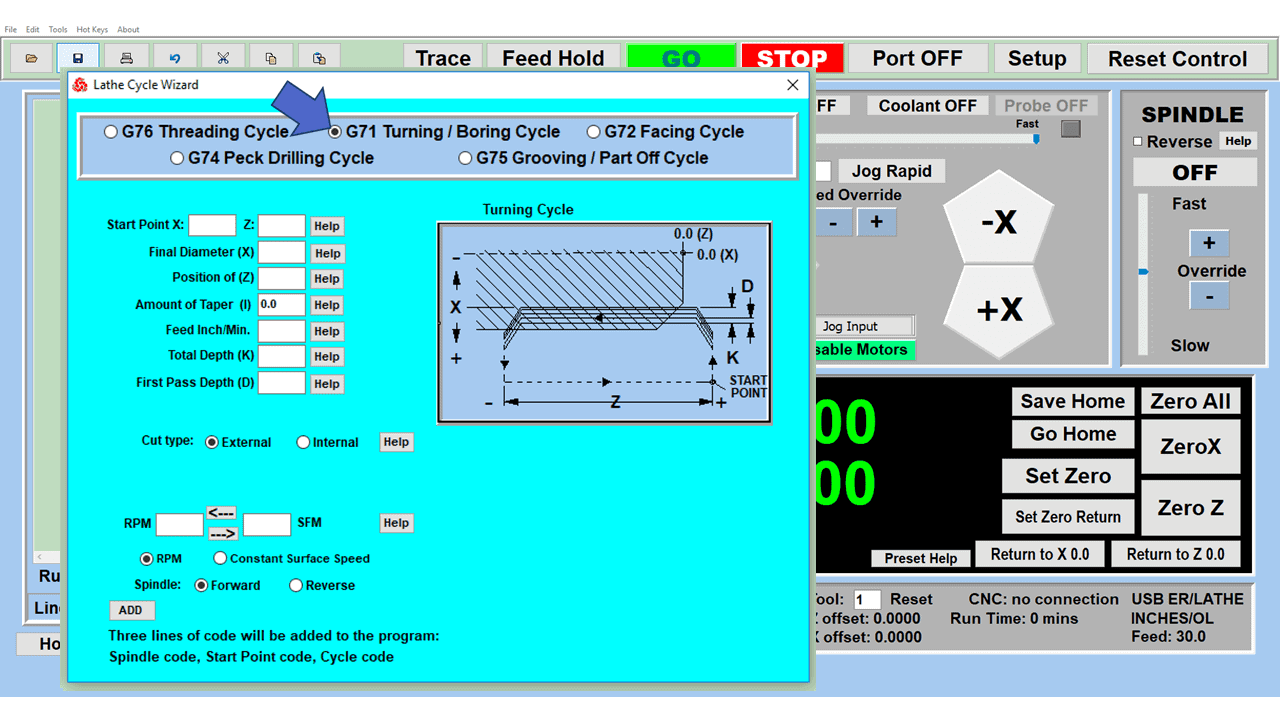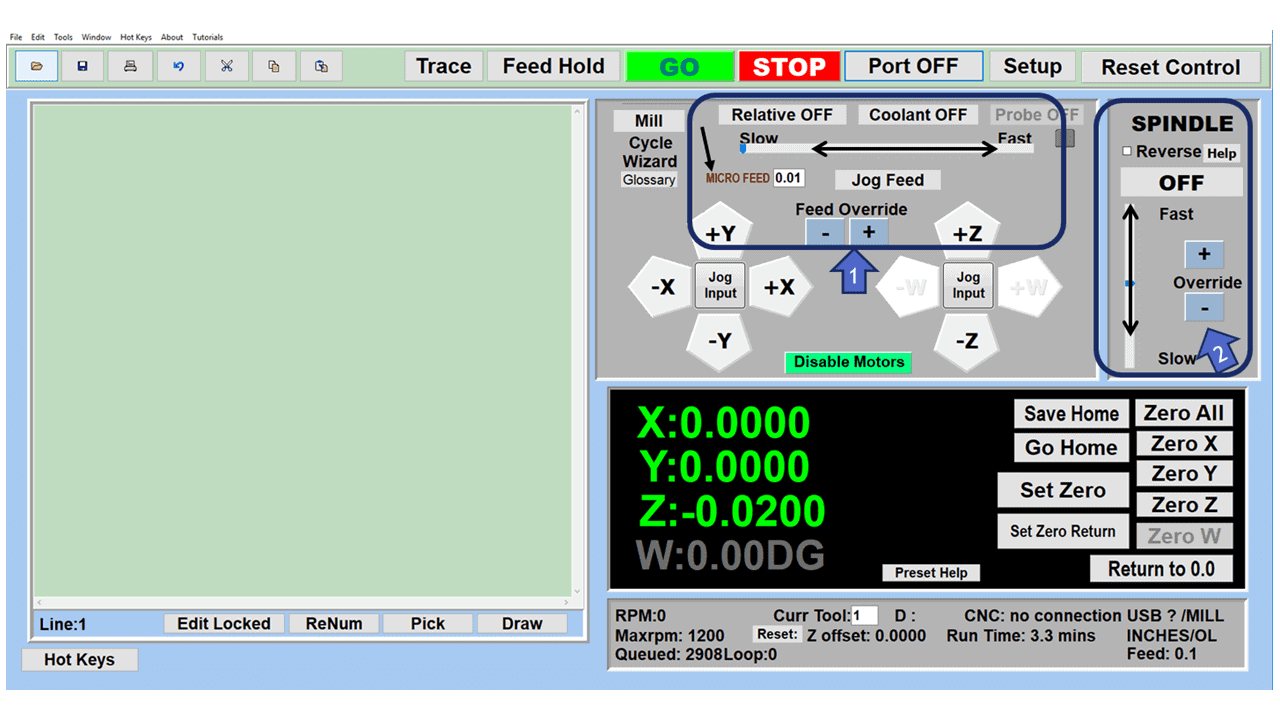Electrochemical machining (ECM) is a unique fabrication technology that leverages the principles of electrolysis for material removal processes. Unlike conventional machining methods, ECM is non-contact, using an electrolyte fluid and a cathode tool to remove material from a workpiece anode. This method’s distinct advantage is that it does not produce heat – eliminating thermal damage and stress often experienced in traditional machining processes.
ECM is especially suited for precision machining complex geometries and hard materials, including those alloys, such as Inconel, that are typically challenging to machine with conventional methods. Electrochemical milling is used in the aerospace and automotive industries – among many others – to create intricate components. In a relatively recent process, ECM’s ability to produce high-precision parts with superior surface finishes has begun to establish a specific role in manufacturing.
The Different Types of Electrochemical Machining
There are three main types of electrochemical machining, or milling:
- Electrochemical Grinding: This combination of electrochemical corrosive action and physical grinding removes material efficiently while minimizing stress on the workpiece. It’s beneficial for hard materials that are difficult to machine using traditional methods.
- Electrochemical Drilling: Electrochemical drilling uses an electrolyte flow and electrical current to dissolve material in a localized area, creating a hole. It works well for drilling small, precise holes, especially in high-strength, temperature-resistant alloys.
- Electrochemical Deburring: ECD removes burrs (sharp edges or corners), a common byproduct of machining operations, in a quick and controlled manner.
How Does the Electrochemical Machining Process Work?
ECM is a unique process that leverages electrolysis for metal removal. It is used predominantly for tough or complex materials that are challenging to machine using conventional methods.
In the ECM process, the workpiece to be machined becomes an anode (positive electrode), while the tool is a cathode (negative electrode). The power supply connects the cathode and anode to its negative and positive terminals. The tool and workpiece are submerged in an electrolyte solution, usually an aqueous sodium chloride (NaCl) or sodium nitrate (NaNO 3) solution, and the electrolyte flows through or around the tool head. When direct current passes through the workpiece material, its surface ions are gradually dissolved due to electrolysis, resulting in the desired shape.
The ECM process does not involve any mechanical contact between the tool and workpiece, making it a nontraditional machining process. This means there’s no heat generation, which provides a distinct advantage as it prevents thermal damage to the workpiece. Furthermore, the small interelectrode gap eliminates tool wear, allowing for consistent machining accuracy even for high-volume production.
Advantages of Electrochemical Milling
Electrochemical machining has distinct advantages over traditional machining methods, including reduced mechanical stress, high accuracy and precision, excellent surface finish quality, and reduced maintenance costs. Here are several of the key advantages of ECM:
- This non-traditional machining process doesn’t require contact between the tool and the workpiece – eliminating mechanical stresses, heat distortion, and tool wear.
- ECM has the unique ability to create complex and intricate shapes with remarkable precision.
- ECM is particularly effective for creating cavities and undercuts that are difficult to machine using conventional methods.
- ECM is excellent for machining hard and brittle materials like superalloys, typically used in aerospace for turbine blades and other difficult-to-machine materials.
- ECM offers excellent surface finish quality. It is a smooth and controlled process, eliminating the need for subsequent finishing operations. ECM can produce intricate shapes with refined details, even microscopic, making it invaluable in aerospace, automotive, and medical device manufacturing.
- With no tool wear, manufacturers who take advantage of ECM experience significantly reduced maintenance and replacement costs.
Limitations of Electrochemical Machining
Like all machining processes, ECM also has certain limitations – such as the initial setup cost and difficulties of waste disposal. Here are several drawbacks to ECM that manufacturers should be aware of:
- The process is costly, heavily reliant on expensive equipment and high power consumption. The initial setup costs can also be prohibitively high for many organizations.
- ECM isn’t suitable for all types of materials. Non-conductive materials cannot be machined using this method, which limits its versatility in a diverse manufacturing environment.
- The process produces significant waste in the form of electrolyte solutions and metal hydroxides, contributing to pollution. Disposing of these waste products in an environmentally friendly way is a challenge that adds to the overall cost of the process.
- The saline (or acidic) electrolyte poses the risk of corrosion to the tool, workpiece, and equipment.
- The ECM process can lead to overcutting, where the machining process exceeds the desired dimensions of the workpiece. This issue can affect the dimensional accuracy of the machined parts.
- Precise control of the ECM process can be challenging since it requires specific knowledge of the workpiece material and electrolyte properties.
How to Control Precision in the ECM Process
Controlling precision in the electrochemical machining process involves careful monitoring and adjustment of several parameters. By controlling these factors, companies can achieve high precision in the ECM process:
- Users must regulate the power supply, ensuring consistent current and voltage levels. This step is crucial because fluctuations in current density can affect the material removal rate, leading to deviations from the required dimensions.
- Maintaining the electrolyte solution’s concentration and temperature within specific ranges will help achieve optimal performance. Too high or too low values could alter the electrolyte’s conductivity, affecting the machining precision.
- The gap between the workpiece and the tool, called the interelectrode gap, should be monitored and adjusted. If the gap is too large, lower precision is possible, while a gap that is too small could cause a short circuit.
Applications of Electrochemical Machining
Electrochemical machining is a precise and versatile process used in manufacturing. Here are a few examples of its application:
- Die Sinking: ECM is often used to shape metal objects through die sinking, in which a mirror image of a desired shape is “sunk” into a workpiece.
- Micro-machining: Using ECM, manufacturers can create small, complex shapes with high precision, a process often called micro-machining.
- Deburring: ECM is frequently employed to remove burrs — small, unwanted pieces of material that result from cutting or grinding — without damaging the workpiece.
- Drilling: ECM can drill small or deep holes with high precision and without producing heat or mechanical stresses.
- Surface Finishing: ECM is used to improve the surface quality of a workpiece by removing the outermost material layer.
Industries Most Likely to Use ECM
These are the primary industries that take advantage of electrochemical machining:
- Aerospace Industry: The aerospace industry often uses electrochemical machining for the precise and intricate parts required in aircraft and spacecraft. It produces turbine blades, fuel injectors, and other complex shapes that are challenging to machine by traditional methods.
- Automotive Industry: Electrochemical machining is used in the automotive industry to produce parts with complex geometries, such as cylinder heads, pistons, and fuel system components. It provides high accuracy and smooth surface finishes, which are crucial in high-performance engines.
- Medical Equipment Manufacturing: The medical field uses electrochemical machining to create surgical instruments, implants, and devices with complex shapes and sizes. The process ensures the tools have a smooth finish to prevent patient discomfort and reduce the risk of infection.
- Electronics Industry: This industry uses electrochemical machining to create micro-components found in various devices. Producing small, intricate parts with high precision is a critical advantage in this field.
- Tool and Die Industry: Electrochemical machining is used in the tool and die industry to create complex molds and dies that are hard to produce using traditional machining methods. It helps create accurate and detailed impressions needed for the mass production of parts.
What are the Requirements for the Tool Electrode?
The basic requirements of tool materials for the Electrochemical Machining (ECM) process are crucial to its successful application:
- The tool material—typically brass, copper, or stainless steel—must be electrically conductive to facilitate the flow of current, which is essential for the electrochemical reaction.
- It should be chemically inert to resist the corrosive electrolyte used in the process. This requirement ensures the tool doesn’t wear out during the process.
- The tool should have adequate mechanical strength to maintain its shape and size under the process conditions, ensuring the workpiece’s dimensional accuracy.
What is the Difference Between ECM and EDM?
ECM manufacturers refer to ECM as a non-contact, reverse electroplating process. However, it might be easier to understand it as an EDM process without the heat. Electrical Discharge Machining (EDM) and Electrochemical Machining (ECM) are non-traditional machining processes that operate on different principles. EDM uses thermal energy to remove material. It creates a spark between the workpiece and the tool electrode, which generates heat to melt and evaporate the material. However, unlike ECM, this process causes continuous wear to the electrode.
On the other hand, ECM utilizes anodic dissolution, a chemical reaction to remove material. In ECM, a high-speed stream of electrolytes is directed at the workpiece, causing the material to be removed due to the reaction between the electrolyte and the workpiece. As electrons cross the gap between the tool and workpiece, they dissolve material from the workpiece. The prime difference is that EDM generates heat while ECM does not, making ECM suitable for materials sensitive to high temperatures and mechanical stress.
EDM uses thermal energy to vaporize the workpiece, while ECM uses a chemical reaction to dissolve the material. Because of the nature of the two material removal methods, EDM creates surface roughness, while ECM produces a higher surface quality.
Two similarities between the manufacturing processes are the requirement for conductive materials and the need to have a tool electrode accurately machined to the shape of the finished part, typically produced on a traditional CNC machine tool.
What is Electrochemical Micromachining?
Electrochemical micromachining (ECMM) is an advanced technology that enables the fabrication of high-aspect-ratio micro-holes, micro-cavities, micro-channels, and grooves on conductive materials. Although the fundamentals remain the same as ECM, micromachining has gained recognition for its exceptional machining performance, including high-quality surface finishes, better precision, zero tool wear, shorter machining time, the absence of thermally induced defects, and the ability to work with difficult-to-cut materials.
How Does Pulsed Electrochemical Machining (PECM) Work?
Pulsed electrochemical machining (PECM) is a technique where short pulses of direct current are passed between the workpiece and the tool electrode. The process offers all the benefits of ECM, including accuracy, high quality, consistency, and repeatability, with the added advantage of improved overall precision.
PECM sends the cathode into the workpiece at an adjustable feed rate while maintaining a tiny gap throughout the cycle. A choice of oscillating and non-oscillating modes ensures the highest productivity. However, the oscillating motion is required to provide the electrolyte flushing exchange.
The end product should have a longer life because PECM does not create mechanical or thermal stress loads in the workpiece. The processing time is also faster than traditional methods, and since companies can machine multiple parts per cycle, they experience a lower production unit cost.
Electrochemical Machining vs. CNC Machining
ECM and CNC machining have their own unique advantages and are ultimately used for different applications. While electrochemical machining is well-suited for manufacturing complex, intricate parts and brings a high level of precision to large-scale operations, it won’t be the right fit for everyone. ECM has very high up-front costs, for example, and can’t be used for machining non-conductive materials.
Traditional CNC machining, on the other hand, is appreciated for its versatility and application in both large-scale and small-scale manufacturing. Learn more in our guide to CNC machines or contact our team with any questions you have.

